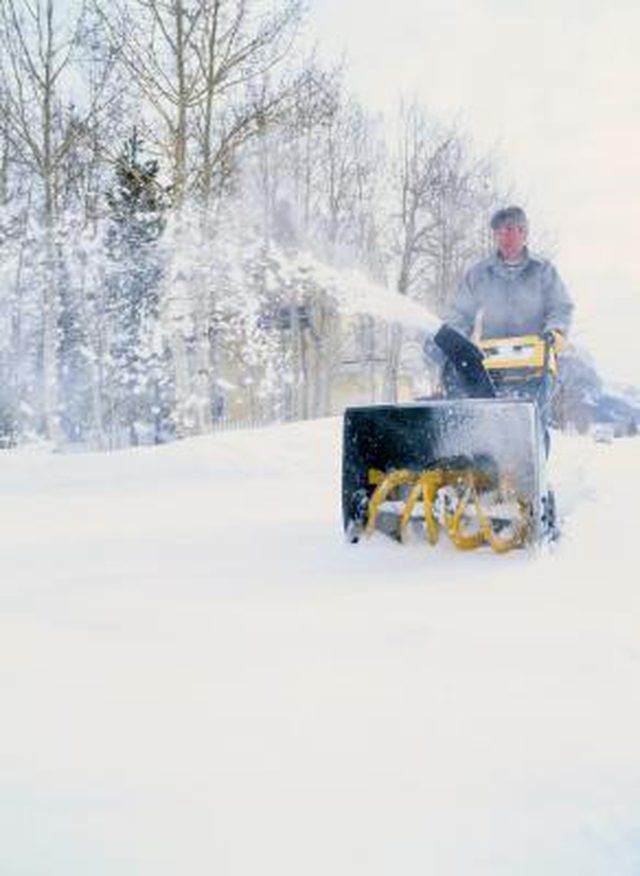Bulbs
Flower Basics
Flower Beds & Specialty Gardens
Flower Garden
Garden Furniture
Garden Gnomes
Garden Seeds
Garden Sheds
Garden Statues
Garden Tools & Supplies
Gardening Basics
Green & Organic
Groundcovers & Vines
Growing Annuals
Growing Basil
Growing Beans
Growing Berries
Growing Blueberries
Growing Cactus
Growing Corn
Growing Cotton
Growing Edibles
Growing Flowers
Growing Garlic
Growing Grapes
Growing Grass
Growing Herbs
Growing Jasmine
Growing Mint
Growing Mushrooms
Orchids
Growing Peanuts
Growing Perennials
Growing Plants
Growing Rosemary
Growing Roses
Growing Strawberries
Growing Sunflowers
Growing Thyme
Growing Tomatoes
Growing Tulips
Growing Vegetables
Herb Basics
Herb Garden
Indoor Growing
Landscaping Basics
Landscaping Patios
Landscaping Plants
Landscaping Shrubs
Landscaping Trees
Landscaping Walks & Pathways
Lawn Basics
Lawn Maintenance
Lawn Mowers
Lawn Ornaments
Lawn Planting
Lawn Tools
Outdoor Growing
Overall Landscape Planning
Pests, Weeds & Problems
Plant Basics
Rock Garden
Rose Garden
Shrubs
Soil
Specialty Gardens
Trees
Vegetable Garden
Yard Maintenance
How to Troubleshoot a Toro Power Max 826LE Snowblower
How to Troubleshoot a Toro Power Max 826LE Snowblower. The Toro Power Max 826 LE snow thrower is a two-stage, electric start model with a gasoline powered engine. The 826 LE model was discontinued in recent years, but has been replaced by the 826 OXE. All of the 826 models have the same owner's manual, and troubleshooting processes. To perform your...

The Toro Power Max 826 LE snow thrower is a two-stage, electric start model with a gasoline powered engine. The 826 LE model was discontinued in recent years, but has been replaced by the 826 OXE. All of the 826 models have the same owner's manual, and troubleshooting processes. To perform your own troubleshooting on a Toro Power Max 826 LE, you will need to employ a process of elimination, and adjustment.
Things You'll Need
Ratchet set
Wrench
Engine Issues
Check the power supply if your electric start 826 LE snow thrower will not start. Check that the power cord is securely plugged in to an electrical outlet. Check that your power cord is free of damages or cuts which may effect the flow of electricity. Check that your home circuit breakers or fuses have not tripped to the off position. This can stop the flow of current and cause your snow thrower to stop working.
Check that your key is in the ignition If the starter on your Toro 826 LE snow thrower turns over, but the engine does not start properly. If your key is not the issue, check your fuel supply lines. Make sure the choke is closed, the primer button is not depressed, the shutoff valve is open, the throttle is set to low, and that there is fuel in the gas tank. Any of these issues can cause your snow thrower to fail to run. Inspect the fuel tank cap to ensure that it is completely tightened. A loose cap can effect pressure and prevent fuel from reaching the engine. Correct any problems, and try to start the machine again.
Check that your engine is receiving the proper spark needed to cause fuel combustion. Locate the spark plug and inspect the wire which leads away from it. Check that the wire is not damaged, and that it is firmly connected to the spark plug.
Remove the spark plug wire from the rear of the spark plug, and use your ratchet set to loosen and remove the spark plug from its socket. Inspect the head of the plug for fouling. Fouling will be evident by the presence of black marks or etching in the metal surfaces. Use your spark plug gapper to check that the plug is gapped correctly, so that spark is able to make the jump. Refer to your manufacturer's recommendations for the proper gap size.
Check your oil tank level. The oil level should fall within the guidelines indicated by hash marks on the fuel tank wall. Adjust the amount of oil in the tank as necessary.
Snow Throwing Issues
Check that your snow thrower throttle level is on a high setting when in the process of snow removal. The engine will require enough power to lift and toss the snow, and a low setting will not provide this.
Slow the forward progress of your snow thrower if it seems to make a rapid pass, and leave a significant amount of snow behind.
Check the inflation levels of each tire if your snow thrower does not remove snow evenly. If one tire is lower than the other, it will cause the thrower to lean, and negatively effect the results. An improperly adjusted scraper or skids beneath the thrower, will have a similar effect.
Check that your escape nozzle is clear if your snow thrower suddenly fails to clear snow effectively. Snow can pile up and clog the chute with normal use. Turn off the machine completely before clearing the chute, then use your hands to empty out any blockages.
Check your auger drive belt if the machine stops tossing snow. If the belt is loose, damaged, or broken, it will reduce or end the snow thrower's ability to function properly. Locate the auger belt cover beneath the front and rear engine shrouds. Use your wrench to remove the three bolts which hold each cover on. Use your wrench to remove the silver auger belt cover which should be revealed when the other covers are removed. Inspect the belt and make the appropriate repairs or adjustments.
Tips & Warnings
Melting snow is heavy and may not elicit the best results from your Toro snow thrower. When you are attempting to remove heavy, wet snow, reduce the swath size, and operate the machine at a slower pace, so it has sufficient time to remove the snow with each pass.
Never attempt to inspect or repair a snow thrower which is running. Snow throwers have rotating blades which can cause severe injury if approached.